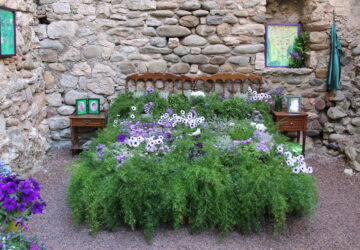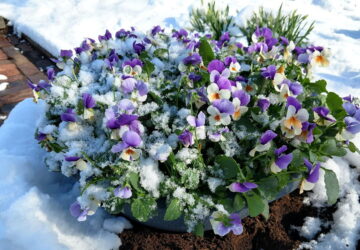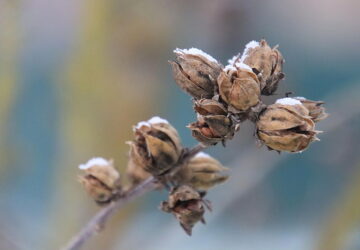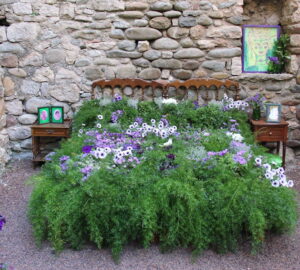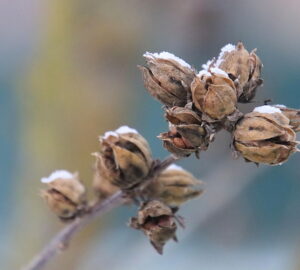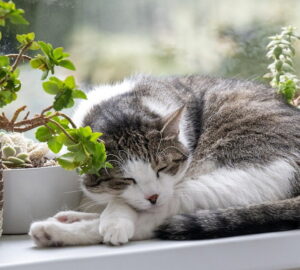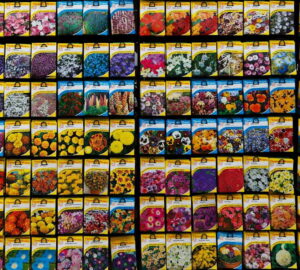Bonsai trees are miniature masterpieces, capturing the essence of nature’s grandeur in a small pot. Their delicate appearance, however, can sometimes belie their hardiness. Nothing dampens a bonsai enthusiast’s spirit more than seeing the leaves of their beloved plant turning yellow, drying up, and eventually falling off. If you’ve found yourself in this situation, don’t despair. Let’s explore some of the most common reasons why this happens and how to prevent it. Plus, we’ll suggest some beginner-friendly bonsai species that are as forgiving as they are beautiful.
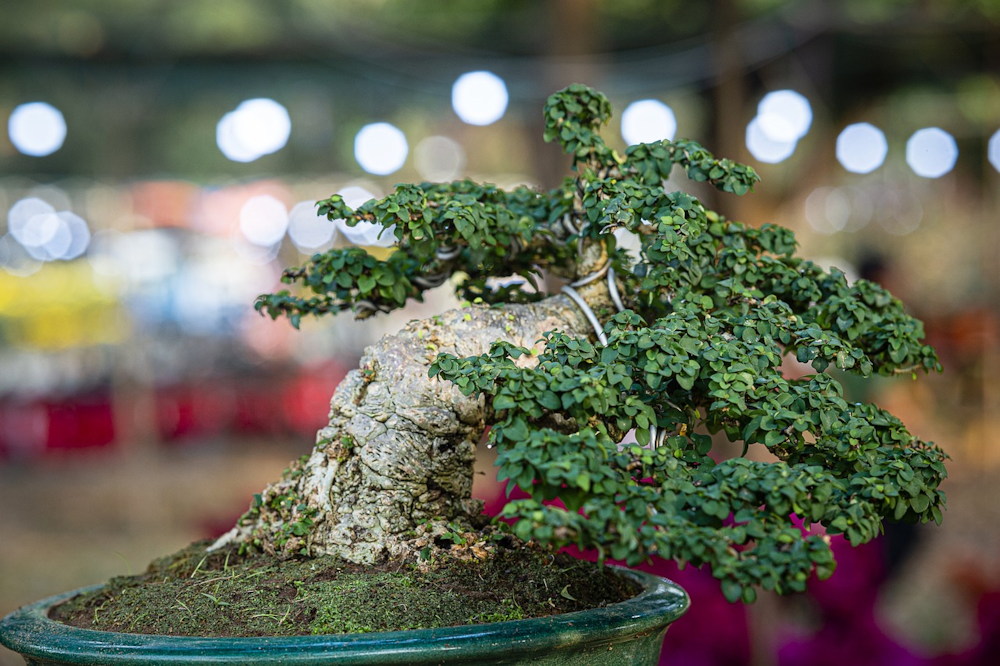
Common Causes of Yellowing Leaves in Bonsai
Overwatering
One of the most frequent culprits behind yellowing leaves is overwatering. Bonsai trees have delicate root systems that can easily become waterlogged if they are kept too wet. This can lead to root rot, which prevents the tree from absorbing essential nutrients, ultimately causing the leaves to yellow and fall off. To prevent this, ensure that the soil is well-draining, and water the plant only when the top layer of soil feels dry to the touch.
Underwatering
On the flip side, underwatering is another common issue. Bonsai trees, like all plants, need water to survive, but their small pots mean they can dry out quickly. If the leaves are turning yellow and brittle, it might be a sign that your tree is not getting enough water. Regularly check the soil moisture and adjust your watering schedule as needed.
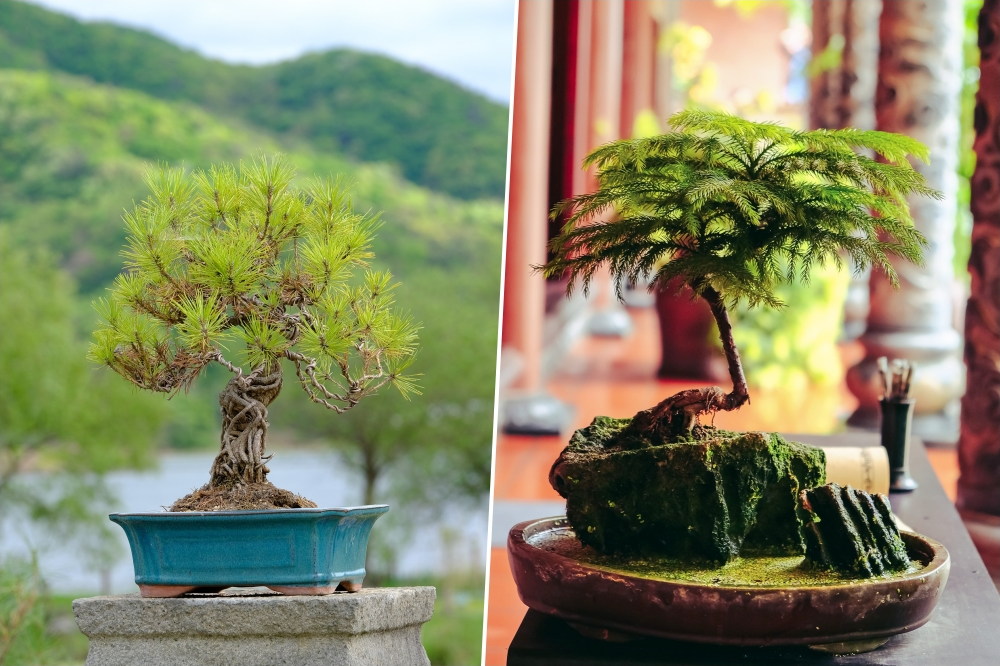
Inadequate Lighting
Light is crucial for photosynthesis, the process by which plants produce food. If your bonsai is not getting enough light, it may start to yellow as it struggles to create the energy it needs to thrive. Make sure your bonsai is placed in a location where it can receive sufficient natural light. If indoor conditions are too dim, consider using grow lights.
Poor Soil Quality
Bonsai trees require specific soil mixtures to ensure proper drainage and nutrient availability. If the soil is too compacted or lacks the right nutrients, the tree’s health can decline, leading to yellowing leaves. Repotting your bonsai with fresh, well-draining bonsai soil every couple of years can help prevent this problem.

Pests and Diseases
Yellowing leaves can also be a sign of pest infestations or diseases. Common pests like spider mites, aphids, or scale insects can sap the energy from your bonsai, causing the leaves to yellow. Diseases such as fungal infections can also have a similar effect. Regularly inspect your bonsai for signs of pests and treat them promptly with appropriate methods, such as insecticidal soap or neem oil.
Nutrient Deficiency
Bonsai trees need a balanced supply of nutrients to maintain their health. A deficiency in essential nutrients like nitrogen, potassium, or iron can cause yellowing leaves. Using a balanced fertilizer formulated for bonsai trees can help prevent this issue. Be sure to follow the instructions carefully, as over-fertilization can be just as harmful.
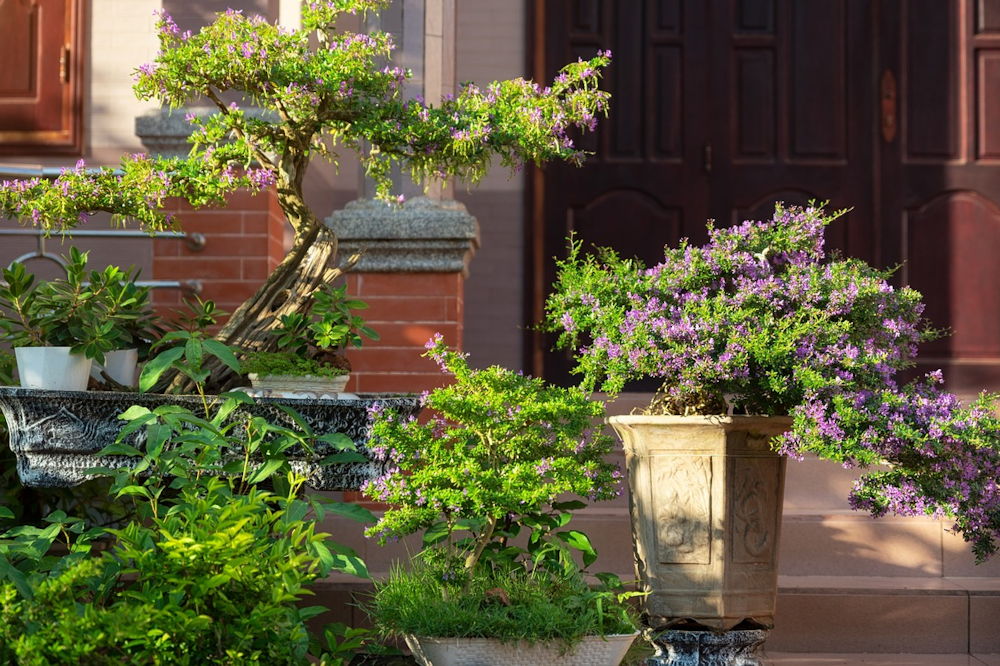
Environmental Stress
Bonsai trees are sensitive to changes in their environment. A sudden shift in temperature, humidity, or even the location of the tree can cause stress, leading to yellowing leaves. Try to keep your bonsai in a stable environment, away from drafts, extreme temperatures, and sudden changes in light exposure.
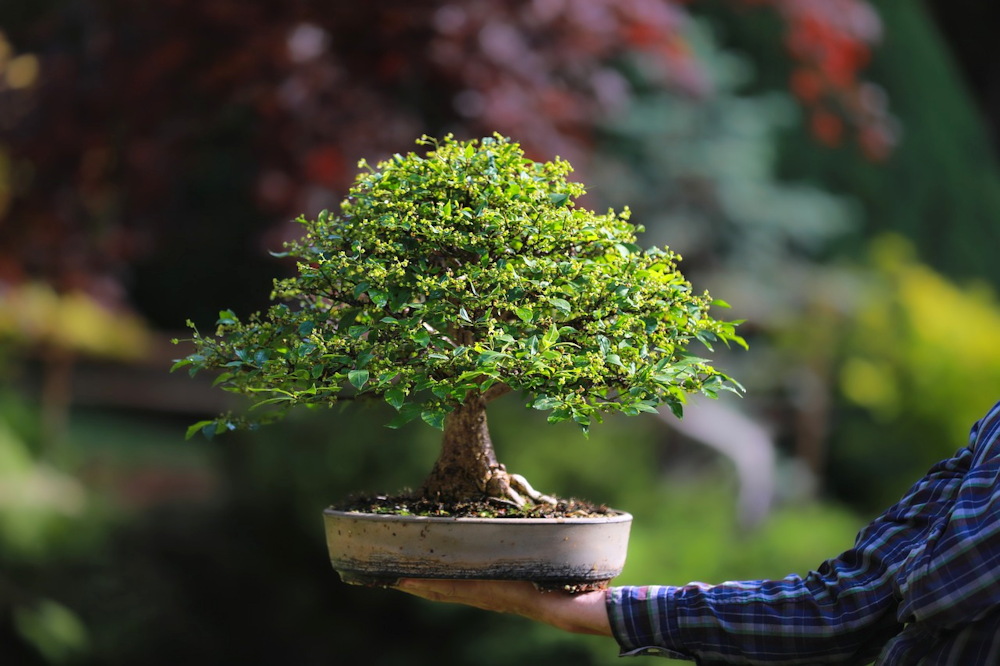
Beginner-Friendly Bonsai Trees
For those who are new to bonsai or have struggled with keeping their trees healthy, starting with a species that is easier to care for can make all the difference. Here are some bonsai trees that are well-suited for beginners:
Ficus (Ficus retusa)
Ficus is one of the most popular bonsai trees for beginners. It is resilient and can tolerate low humidity and irregular watering, making it a forgiving choice. Ficus has small, glossy leaves that remain green throughout the year, adding a touch of vibrancy to any space.
Jade Plant (Crassula ovata)
Jade plant is a succulent that is not only easy to care for but also has a unique, thick trunk that makes it a favorite among bonsai enthusiasts. It requires minimal watering and can thrive in indirect sunlight, making it ideal for those who may forget to water regularly.
Chinese Elm (Ulmus parvifolia)
Chinese elm is known for its graceful, fine branches and small, serrated leaves. It is a hardy tree that can adapt to a variety of conditions, including indoor and outdoor environments. It’s a great choice for beginners looking to practice pruning and shaping.
Dwarf Jade (Portulacaria afra)
Similar to the jade plant, dwarf jade is another succulent that is perfect for beginners. It has small, round leaves and thick, woody stems that make it an excellent bonsai specimen. It’s drought-tolerant and can thrive with minimal care.
Juniper (Juniperus spp.)
Junipers are often recommended as the best bonsai for beginners due to their hardiness and ease of care. They prefer bright light and well-draining soil and can tolerate some degree of neglect. Junipers are outdoor trees, so they thrive best in a garden or on a balcony.
Final Thoughts
Caring for a bonsai tree is a rewarding experience that requires patience, attention, and a bit of knowledge. If you find your bonsai’s leaves turning yellow, take the time to diagnose the problem and adjust your care routine accordingly. By choosing the right species and providing them with the proper care, even novice gardeners can enjoy the beauty and serenity that bonsai trees bring to any space. Remember, every bonsai enthusiast started as a beginner – so don’t be discouraged by a few yellow leaves. With time and practice, your bonsai will flourish under your care.
